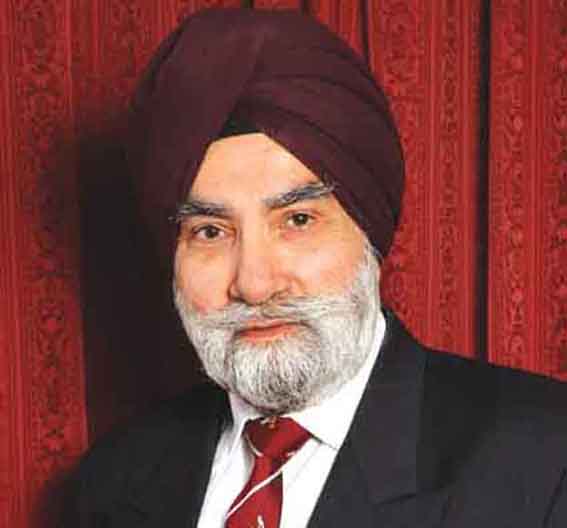Connecting the Dots As We Commemorate 350th Shaheedi Anniversary of Guru Tegh Bahadur

In Guru Tegh Bahadur, the Sikhs have a most remarkable story to tell the world torn apart by religious conflict. It is the story of a great saint-warrior martyr who gave his life for the religious freedom of all. It was in that sense that, in the history of martyrdoms for worthy causes, the martyrdom of Guru Tegh Bahadur was described as unique by Nanak X, Guru Gobind Singh.
As a central theme for marking the 350th Shaheedi Anniversary of Guru Tegh Bahadur, we should continue to research and discover the True Story of His life, mission and martyrdom. Much that has been written about His life, has been either influenced by Brahmanical thought or distorted by biased historians. Of the latter category, the historians of National Council of Educational Research and Training (NCERT) of India, have relied on highly biased and even hostile non-Sikh evidence from Mughal reports and Persian sources. My attention was drawn to this distortion of Sikh history by Dr M S Rahi, a Chandigrah based lawyer, visiting UK in August 1998. As requested, I sent a formal Affidavit in the form of an &ldquoOpinion&rdquo to the High Court of India, dated 9 May 1998.
Recently, I was amazed to read a study about Lohgarh Fort in Haryana (Lohgharh The World&rsquos Largest Fort (The Capital of the Sikh Kingdom) by Harjinder Singh Dilgeer Gagandeep Singh Gurvinder Singh 2017.) It connects many dots in the Guru history (Guru Jote-Jugat continuity) from Guru Hargobind to Guru Gobind Singh and brings out the great contribution of vanjara and sikligar Sikhs. Together with evidence from Bhatt Vahis and Assamese Buranjis, the True Story begins to emerge. For example, the devious role of Brahmins and Ulema (Muslim clergy) of northern India is exposed by the Buranjis.
Guru Tegh Bahadur provided the continuity from Guru Hargobind to Guru Gobind Singh and played a pivotal role in the Miri-Piri journey of the Guiding Guru Jote. The two Guruships of Guru Har Rai (Guruship 1644-1661) and Guru Har Krishan, (Guruship 1661-1664) stabilised the Sikh defensive posture after the battles of Guru Hargobind. A strong defensive force was retained by Guru Har Rai, and, not disbanded by Gur Har Krishan. Such, strengthening of Sikh facilities and organisation was low profile and did not attract too much Mughal attention. They were not prepared for Baba Banda Singh Bahadur who took over Panjab in a very short time and defied the Mughal might for many years. Lohgarh Fort discovery adds another important dimension to the study of this period.
My own quest for the True Story started in April 2016, when I was mandated by the Sikh Missionary Society UK to sift through historical sources to present some sort of coherent picture. It took about one year and the study was published by the Society as Guru Tegh Bahadur, The True Story and printed by Panjab Times UK in April 2017. It attracted much attention. (It is one of the most widely read research study on ResearchGate with over 60,500 reads to date.)
As encouraged by renowned scientist/scholar Dr Hardev Singh Virk in his favourable review, an d second edition was published by Sikh Youth Australia. However, the True Story of Guru Tegh Bahadur remains very much a work-in-progress. Continuation of that work can be the theme of 350th Shaheedi Anniversary of Guru Tegh Bahadur.
Further reading:
https://www.sikhmissionarysociety.org/
https://library.gurmat.info/download/guru-tegh-bahadur-ji-the-true-story-gurmukh-singh.pdf
Gurmukh Singh OBE
E-mail: sewauk2005@yahoo.co.uk
https://www.sikhiwiki.org/index.php/Gurmukh_Singh_OBE